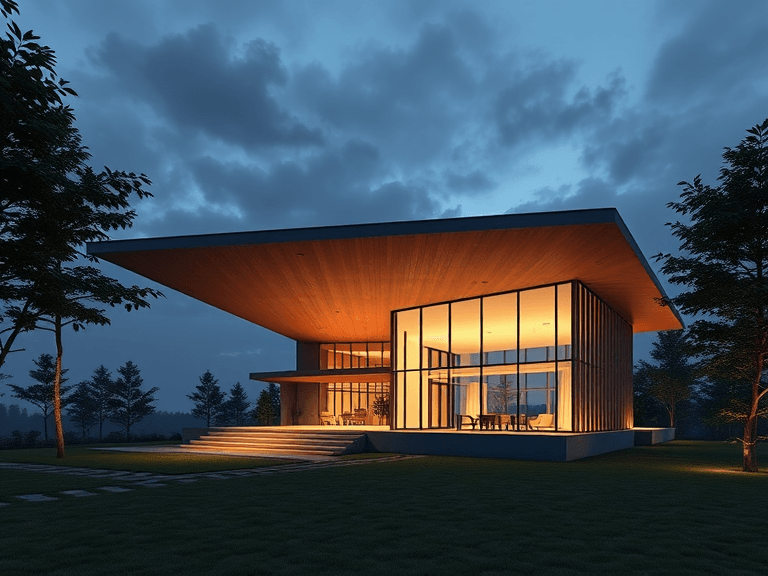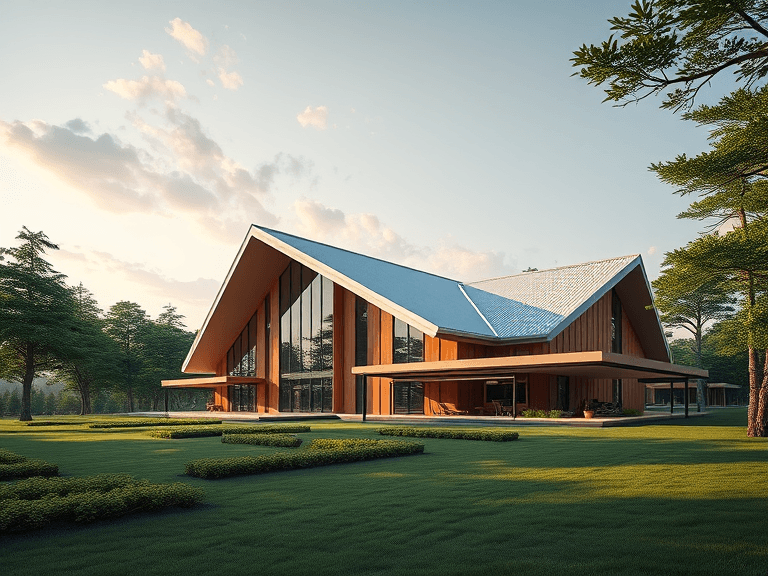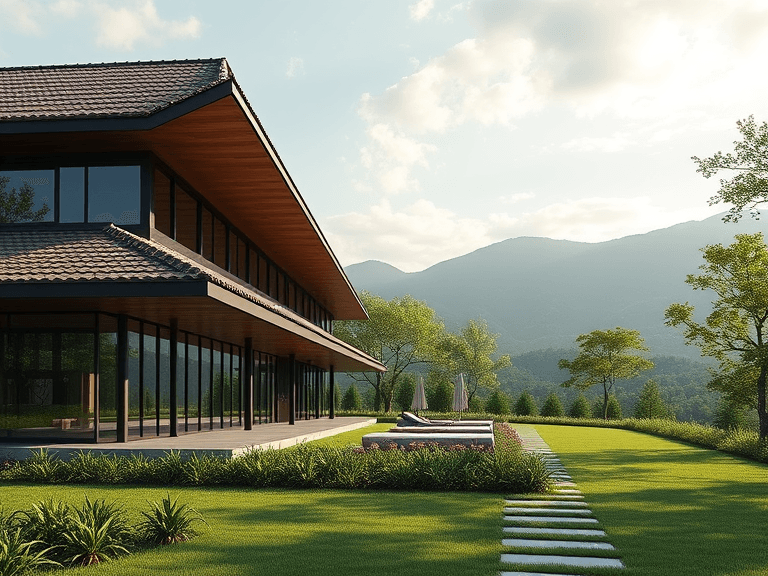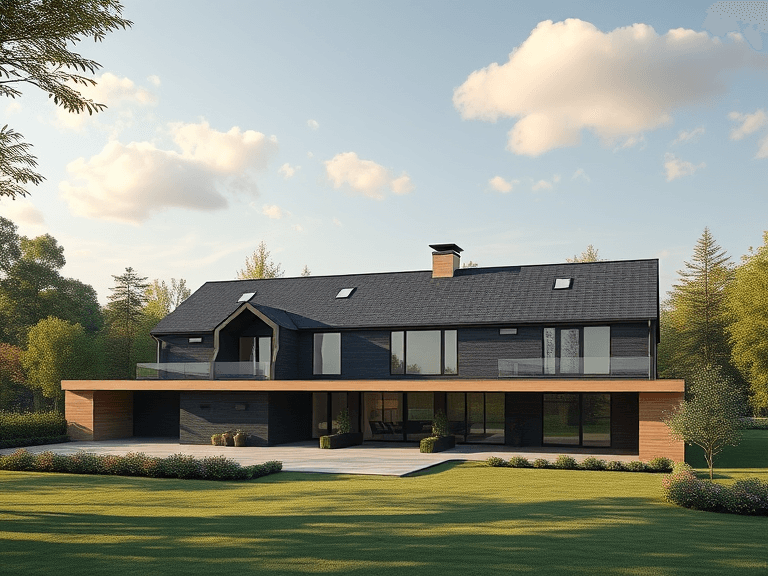
Understanding the Threat: Common Roof-Invading Critters
Homeowners often overlook the potential threats posed by wildlife when it comes to maintaining their property. Critters such as raccoons, squirrels, bats, and various bird species commonly invade roofs, making them a pertinent concern for property protection. Understanding these animals’ behaviors and the risks they present is essential to protect your roof from critters effectively.
Raccoons are notorious for their dexterity and intelligence, easily accessing roofs by climbing trees or using nearby structures. Once on the roof, they can create significant damage by tearing up shingles or creating entry points into attics. Their scavenging behavior often leads them to find insulation materials, which can become nesting material, further compounding potential structural problems.
Squirrels, while seemingly harmless, are also agile climbers that can easily penetrate roofing structures. They often chew through wood, wires, and insulation, which can lead to electrical hazards and significant deterioration of roofing systems. The persistent gnawing of squirrels not only compromises the integrity of your roof but can also make homes susceptible to water damage.
Bats pose a different set of challenges, as they typically enter through small cracks or openings in the roof and create colonies in attic spaces. Their droppings, guano, can corrode roofing materials and lead to unhealthy air quality issues due to the spores released in the airborne waste. Furthermore, a bat infestation can be difficult to detect until it has already caused extensive damage.
Birds, on the other hand, are attracted to roofs for nesting purposes. Pigeons and sparrows can build nests in gutters or vents, blocking drainage systems and causing water accumulation on the roof. This can lead to leaks and other forms of damage over time. Signs of infestations from these critters can vary, but homeowners should be vigilant for noises in the attic, droppings, or visible damage to roofing materials, ensuring that they take swift action to protect their roof from critters.

Preventative Measures: Keeping Critters at Bay
Protecting your roof from critters starts with a proactive approach that emphasizes prevention. The first step in this strategy is to assess your outdoor environment. Trees and shrubs that are overly close to the house can provide easy access for wildlife looking to explore your roof space. Regularly trimming these plants will not only enhance your home’s curb appeal but also significantly reduce the chances that critters, such as squirrels or raccoons, find a pathway to your roof. Aim to keep tree branches at least six feet away from your house to create a barrier that deters these animals.
In addition to landscaping, implementing physical barriers can be an effective means to protect your roof from critters. Consider installing mesh or netting in vulnerable areas, particularly around roof vents and chimneys. These materials act as deterrents, making it difficult for small animals to access these potential entry points. When using mesh or netting, ensure that it is tightly secured and free from any gaps that could provide a foothold for critters to exploit.
Another crucial aspect of protecting your roof involves sealing off all possible entry points. Regularly inspect your roof and the surrounding structures for any gaps, holes, or cracks. Pay special attention to areas around plumbing stacks, vents, and any places where elements join. Using caulk or foam sealant can help close off these openings, preventing critters from slipping through. Additionally, routine maintenance and inspections are essential. Regularly walking around your property and checking your roof can help identify potential weaknesses before they become a significant issue.
Consequently, implementing these preventative measures will play a significant role in mitigating the risk that critters pose to your roof, ensuring that your home remains safe and secure.
Roof Maintenance: Ensuring Longevity and Safety
Regular roof maintenance is crucial for homeowners who wish to protect their roofs from critters and ensure their longevity and safety. A well-maintained roof not only enhances the aesthetic appeal of a home but also serves as the first line of defense against undesirable wildlife. By regularly cleaning gutters, checking for loose shingles, and inspecting for gaps and cracks, homeowners can prevent openings that might allow critters, such as raccoons and squirrels, to invade.
Cleaning gutters is an essential task that often gets overlooked. When gutters become clogged with debris, water can accumulate, causing not only structural damage but also creating an attractive environment for pests. Standing water can lead to mold growth and can dampen roof materials, making them more susceptible to deterioration. Moreover, critters might find a breeding ground in clogged gutters. Thus, ensuring they are cleaned twice a year can significantly mitigate such risks.
Additionally, checking for loose shingles and inspecting for gaps or cracks is paramount. Any damaged or missing shingles can create vulnerability in the roof, making it easier for animals to make their way into the attic or other parts of the house. Regularly identifying these issues allows homeowners to carry out necessary repairs promptly, ultimately prolonging the roof’s lifespan and keeping unwanted critters at bay.
Although some maintenance tasks can be managed by homeowners, hiring professional roofers for thorough inspections and repairs is advisable. Professional roofers have the necessary expertise to identify potential weaknesses that may go unnoticed by the untrained eye. They can provide tailored solutions to fortify the roof and secure it against critters effectively. Overall, investing time and resources into maintaining a sturdy roof is vital in preventing animal entry and protecting the overall integrity of the home.
What to Do if You Already Have Critters on Your Roof
If you suspect or discover that critters have made their home on your roof, it is crucial to act promptly and responsibly to protect your roof and the creatures involved. The initial step is to identify the type of critters present, as this will influence your removal approach. Common invaders include squirrels, raccoons, and various bird species, each of which may require specific methods for humane removal.
Safe and humane traps can be an effective solution for capturing unwanted animals. Make sure to use traps that are appropriate for the species you are dealing with, and always follow local regulations regarding wildlife trapping. When using traps, avoid using poison, as this can lead to suffering and unwanted complications. After safely capturing the animal, release it away from your home in a suitable habitat. Another option is to use natural repellents or deterrents, such as spicy oils or scents that these critters find unappealing; however, effectiveness can vary greatly by the species.
If the critter problem persists or you are uncomfortable dealing with it yourself, contacting a professional wildlife control expert is recommended. They possess the expertise and legal knowledge to handle the situation effectively and humanely, ensuring no damage is inflicted during the removal process.
Following the successful removal of critters, it is essential to inspect your roof for any damage they may have caused. This could include gnaw marks, droppings, or nests. Repairing these damages promptly not only helps maintain the integrity of your structure but also deters future invasions. Reinforcing your roof by sealing gaps, installing chimney caps, and using netting over vulnerable areas are effective strategies to prevent further critters from taking up residence. By proactively managing these aspects, you can effectively protect your roof from critters in the future.


